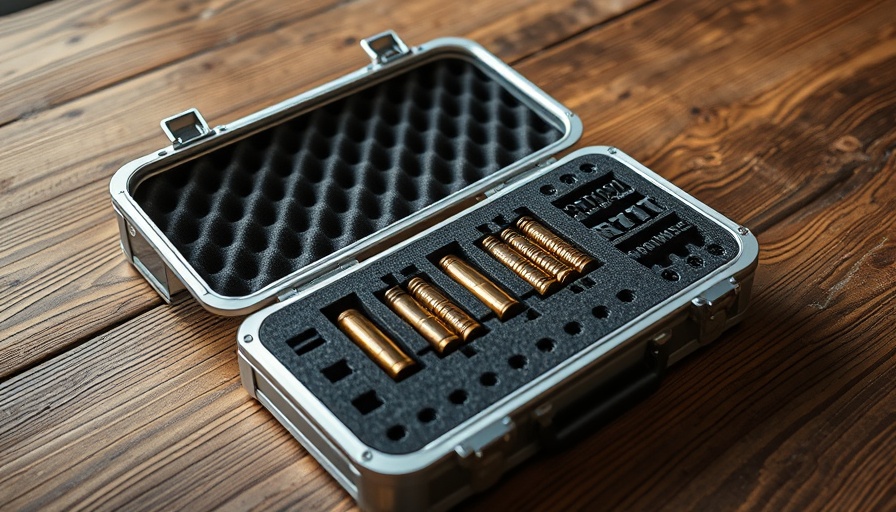
Uncovering the Silent Crisis: Whitetail Die-Offs in the MidSouth
As many homeowners in the MidSouth cherish the beauty of their outdoor surroundings, a troubling trend has begun to surface. Mass die-offs of white-tailed deer, specifically due to epizootic hemorrhagic disease (EHD), raises concerns not just for wildlife enthusiasts but also for the communities that rely on a balanced ecosystem. In a groundbreaking initiative, local drone pilot and deer tracker are utilizing innovative measures to detect and document these deaths, shedding light on a creeping crisis that could have underlying implications for public health.
The Role of Drones in Monitoring Wildlife Health
Drone technology is transforming the way we monitor wildlife. With the ability to cover vast areas quickly and efficiently, drone surveys enable researchers and conservationists to assess animal populations and track their health status from the skies. This method proves particularly useful in detecting signs of EHD, as deer often succumb to the disease in remote areas that are difficult to assess on foot.
One pilot, committed to raising awareness about EHD, describes his experience surveying for sick and dead deer. "It’s alarming to see the numbers rise. We’re talking about thousands of deer disappearing in just a matter of weeks," he says, highlighting the grim reality that bears heavy consequences for the ecosystem. With EHD having a mortality rate of up to 90% in infected populations, the potential for a significant imbalance is evident.
Why Homeowners Should Take Notice
At first glance, the plight of deer may seem distant from everyday concerns. However, this issue directly impacts homeowners. Deer populations play an essential role in the food chain and ecosystem. In times of population decline, the subsequent increase of other species, such as ticks and rodents, could bring about health risks, including Lyme disease and hantavirus. A healthier deer population contributes to a balanced ecosystem that inherently protects human health.
Emotional and Community Connections to Nature
For many, whitetail deer represent more than just wildlife; they symbolize memories of time spent in nature, family traditions, and even local hunting traditions that promote community bonds. By understanding the challenges these animals face, homeowners can connect more deeply to their environment and elevate their awareness regarding local ecosystems.
How Individuals Can Take Action
What can you do to support wildlife health? Here are a few proactive steps homeowners can take:
- Stay Informed: Follow local wildlife reports and educational programs about EHD and other wildlife diseases. Knowledge can help inform decisions and encourage community discussions.
- Supporting Conservation Efforts: Engage in local conservation initiatives or volunteer for clean-up projects aimed at improving deer habitats and overall wildlife health.
- Reduce Environmental Stressors: Learn ways to minimize pollutants around your home and participate in sustainable practices that protect local flora and fauna.
Hope on the Horizon: Future Predictions for Deer Populations
While the current situation is concerning, experts believe that through continued monitoring and community involvement, there is hope for recovery among whitetail deer populations. Understanding the undercurrents of environmental health brings greater clarity to how interconnected we are with nature. The proactive use of technology and community awareness creates a solid foundation for recovery and balance.
Conclusion: Your Role in Protecting Our Ecosystem
In conclusion, understanding the impact of wildlife health issues like deer die-offs starts with awareness and engagement at the community level. Each of us has a role in shaping the health of our local environments, which in turn shapes our well-being. To protect not just the deer, but the entire ecosystem, commit to being informed and proactive. Join the conversation about wildlife health in your community and remember: a healthy environment is key for a healthy life.
 Add Row
Add Row  Add
Add 



Write A Comment